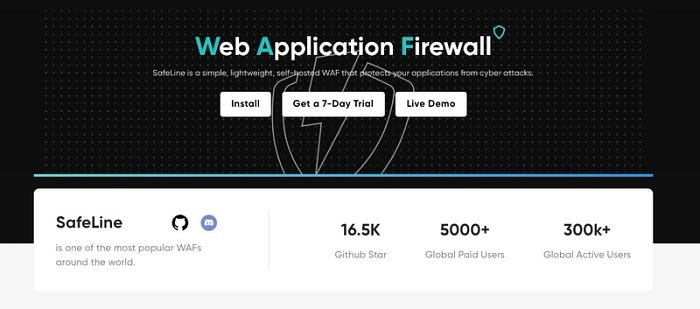What Is a Reverse Proxy? A Developer-Friendly Guide
 Sharon
SharonIf you’ve ever deployed a modern web app, chances are you’ve used a reverse proxy — even if you didn’t know it.
So, what is a reverse proxy? And why is it such a critical piece of today’s web infrastructure?
Let’s break it down.
🔄 Reverse Proxy vs. Forward Proxy
Before diving deeper, here’s a quick comparison:
Forward Proxy: Used by clients (like your browser) to access the internet. Think of it as a middleman that hides your IP or bypasses content filters.
Reverse Proxy: Used by servers to handle incoming requests. It stands in front of one or more backend servers and acts as a gateway.
🧩 What Does a Reverse Proxy Actually Do?
A reverse proxy sits between the client and your backend servers, accepting incoming traffic and forwarding it appropriately. It can:
Balance load between multiple backend servers
Handle SSL termination (HTTPS)
Act as a caching layer
Protect backend services by hiding their IPs
Filter requests (e.g., via a Web Application Firewall)
It’s often your first line of defense — and performance boost.
🛡️ Real-World Use Case: SafeLine WAF

Take SafeLine WAF as an example. It’s an open-source Web Application Firewall that also functions as a reverse proxy.
Here’s what SafeLine does:
Intercepts traffic at the edge
Blocks attacks like SQL injection, XSS, RCE
Routes traffic to the correct backend
Enhances observability with logging and metrics
Whether you’re self-hosting or deploying in the cloud, having a reverse proxy like SafeLine makes your architecture cleaner, safer, and more scalable.
🚀 Bonus: How It Helps Developers
As a developer, a reverse proxy lets you:
Deploy multiple apps on one server with different domains
Add rate limiting, auth, and TLS without touching app code
Improve response time with caching
Swap backend services without exposing internal changes
Basically, it gives you superpowers.
🧠 TL;DR
A reverse proxy is more than just a router. It’s:
✅ A smart traffic manager
✅ A security layer
✅ A performance enhancer
✅ A DevOps enabler
If you’re building anything beyond a static website, using a reverse proxy isn’t optional — it’s essential.
And if you want open-source protection with built-in WAF capabilities, check out SafeLine WAF on GitHub or join the SafeLine community.
Subscribe to my newsletter
Read articles from Sharon directly inside your inbox. Subscribe to the newsletter, and don't miss out.
Written by
